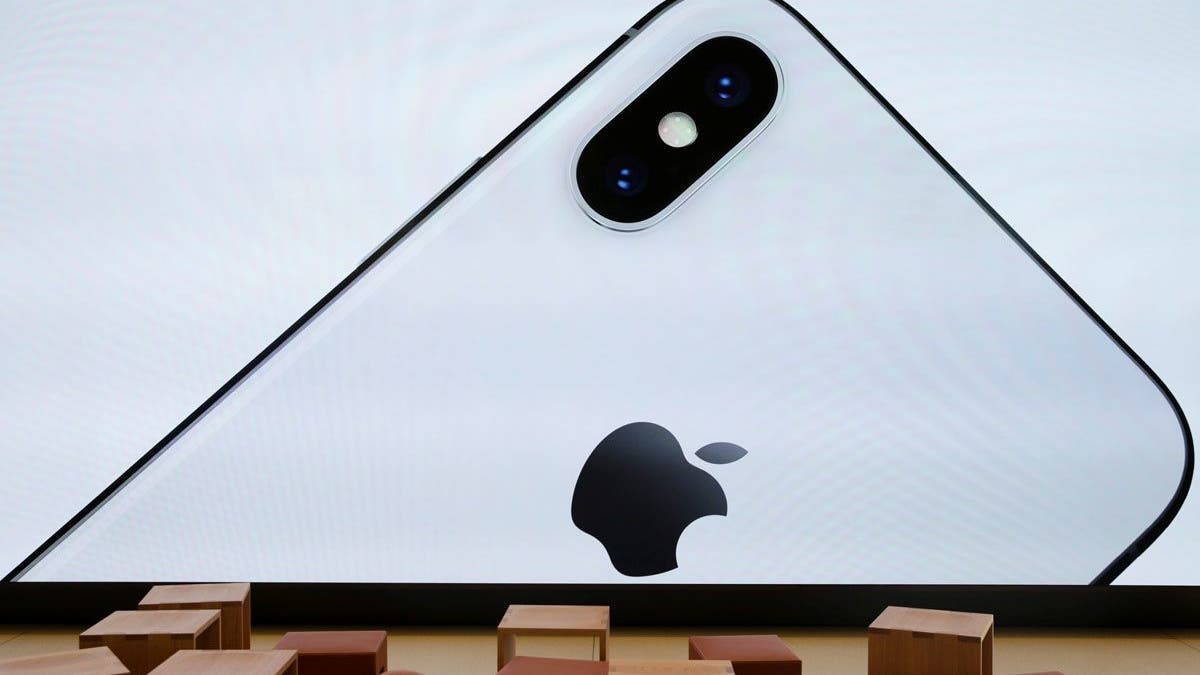
House lawmakers have asked Apple to answer more questions about the battery performance of its smartphones. (Reuters)
IPhones could get a lot pricier if the president gets his way.
Trump tweeted over the weekend that the tech giant should manufacture its gadgets in the US if it wanted to avoid tariffs on Chinese imports, saying an “easy solution” to Apple’s problem would be to “start building new plants now.”
But if Apple shifted to building its iPhones in the US instead of China, it would require “20 percent price increases to offset the incremental labor costs,” Bank of America Merrill Lynch told clients on Monday.
Analyst Wamsi Mohan said that the most likely scenario would see Apple moving 10 percent of its iPhone assembly stateside, resulting in an average iPhone selling price increase of 8 percent to account for higher labor costs.
Mohan estimates that the average US worker makes 2.6 times what a Chinese worker makes.
The average iPhone now sells for $724, according to Apple’s latest numbers, meaning a 20 percent hike would bring that up to $868.80.
Trump’s comment came after Apple told US trade officials on Friday that proposed tariffs by Washington in an escalating trade war with China would affect prices for a “wide range” of Apple items, including the Apple Watch. It did not mention the iPhone.
Apple’s stock was recently off 1.6 percent at $217.77 on Monday.
In the wake of Trump’s tweet, shares in China-based Apple suppliers Luxshare Precision, Shenzhen Sunway Communication and Suzhou Dongshan Precision Manufacturing all dropped as much as 10 percent.
In Taiwan, camera lens-maker Largan Precision slid nearly 8 percent, Foxconn, formally known as Hon Hai Precision Industry, fell 3.4 percent, while assembler Pegatron dropped nearly 4 percent.
Trump warned on Friday that he was ready to slap tariffs on virtually all Chinese imports into the United States, threatening duties on a further $267 billion of goods.
Chien Bor-yi, an analyst at Taipei-based Cathay Futures Consultant, said Apple’s component supply chain in Taiwan would take a major hit if the United States increased tariffs on Chinese imported products.
“People have concerns about the stock market. It’s not a seller’s market, but it’s also not a buyer’s market. No one knows how deep the well is,” he said.
This story originally appeared in the New York Post.




















